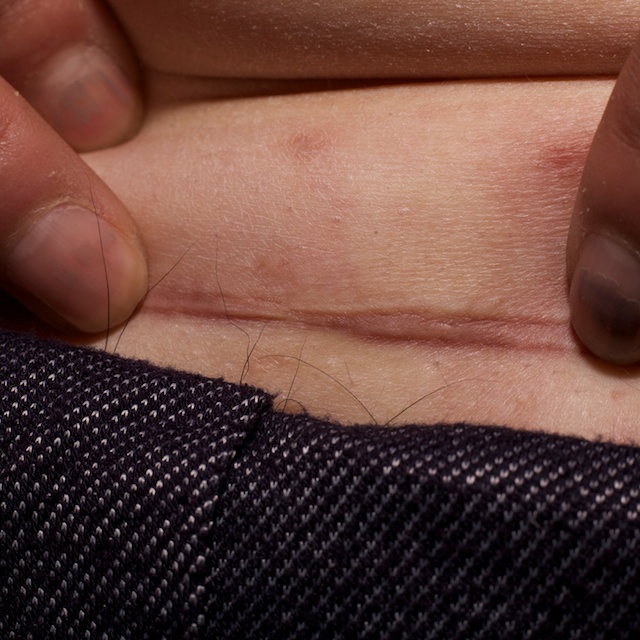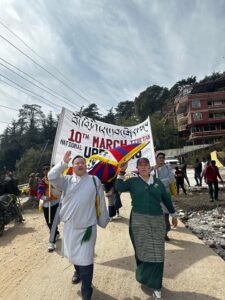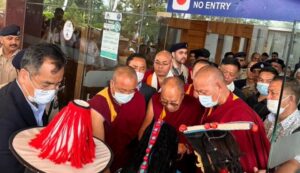A generation lost but not forgotten: The Silent Genocide

A picture can paint a thousand words and in no way does that ring more true than in a recent exhibition titled ‘Silent Genocide’, which highlights the harrowing ordeals suffered by Tibetan women as they are subjected to forced sterilisation.
The exhibition is the creation of Claire Kern, a freelance photographer and student at the University of Wales. In an interview, Claire described her approach to her work:
“I wanted to deliver a series of photographs that not only contains symbols of womanhood but Tibetan culture and the current situation. I would like to make the viewer question his/her own perception: What is it I am looking at? Where does this come from? Where does this of skin belong to? How was that scar made?”
There is overwhelming evidence that Tibetan women have been subjected to forced sterilisation by the ruling Chinese government, such methods include the pill, the implant, the coal (also called the Chinese ring for its specific design), and Laparoscopy; which is the severing and tying of the fallopian tube. Injustices in Tibet can often be overlooked internationally, because ostensibly women have more freedom than those in China – with a two child rather than one child policy. However interviews with Tibetan refugees reveal that women are often given no choice before undergoing these procedures and even when there is a guise of choice, they are entirely unaware of their reproductive rights.

Claire’s inspiration first came from her parents who openly discussed the situation in Tibet and Buddhism and its basic principles, such as Karma. Such an upbringing would continue to play a role in her choices however it was the viewing of a documentary of a documentary that was pivotal for Claire. The documentary, ‘Dispatches: Under Cover in Tibet’, was made by a Tibetan and British duo, Tash Despa and Jezza Neumann respectively. Broadcast in March 2008, the documentary saw Tasha Despa return to her country after an 11-years of self-exile after fears for her safety. Alongside Jezza Neumann, they uncovered evidence of the suffering by the Tibetan people to which his holiness the Dalia Lama described as ‘cultural genocide’. The documentary revealed the horrors inflicted on the Tibetan way of life, not least of all evidence of forced sterilizations on ethic Tibetan women. It was these accounts that inspired Claire’s work, she recalls:
“I was going through choices of my own at the time … I felt hugely lucky to have the freedom of my own at the time so her story resonated with me,… and I found myself asking ‘Why is it that I can make these choices when others cannot?…A woman should always have the choice to make such a decision.”
Claire’s work is truly a brutal insight on forced sterilisation, however perhaps what is most striking about her exhibition is that it only a brief glimpse of the on-going atrocities, and this is only the tip of the iceberg. We can only wonder what the true consequences felt by these women and future women if action is not taken. They say a picture is worth a thousand words but what does this say about the thousands of pictures already taken and at what cost? A generation of Tibetan people have been lost but lest they not be in vain.
The Chinese government has been eager to show the world it has changed however Claire’s piece is a reminder that although we must press for change for Tibetan women, we must not forgot those who have suffered and who continue to do so. Mothers, daughters, sisters, friends; these woman have suffered atrocities that no person should ever go through again and thus change in China is imperative.




